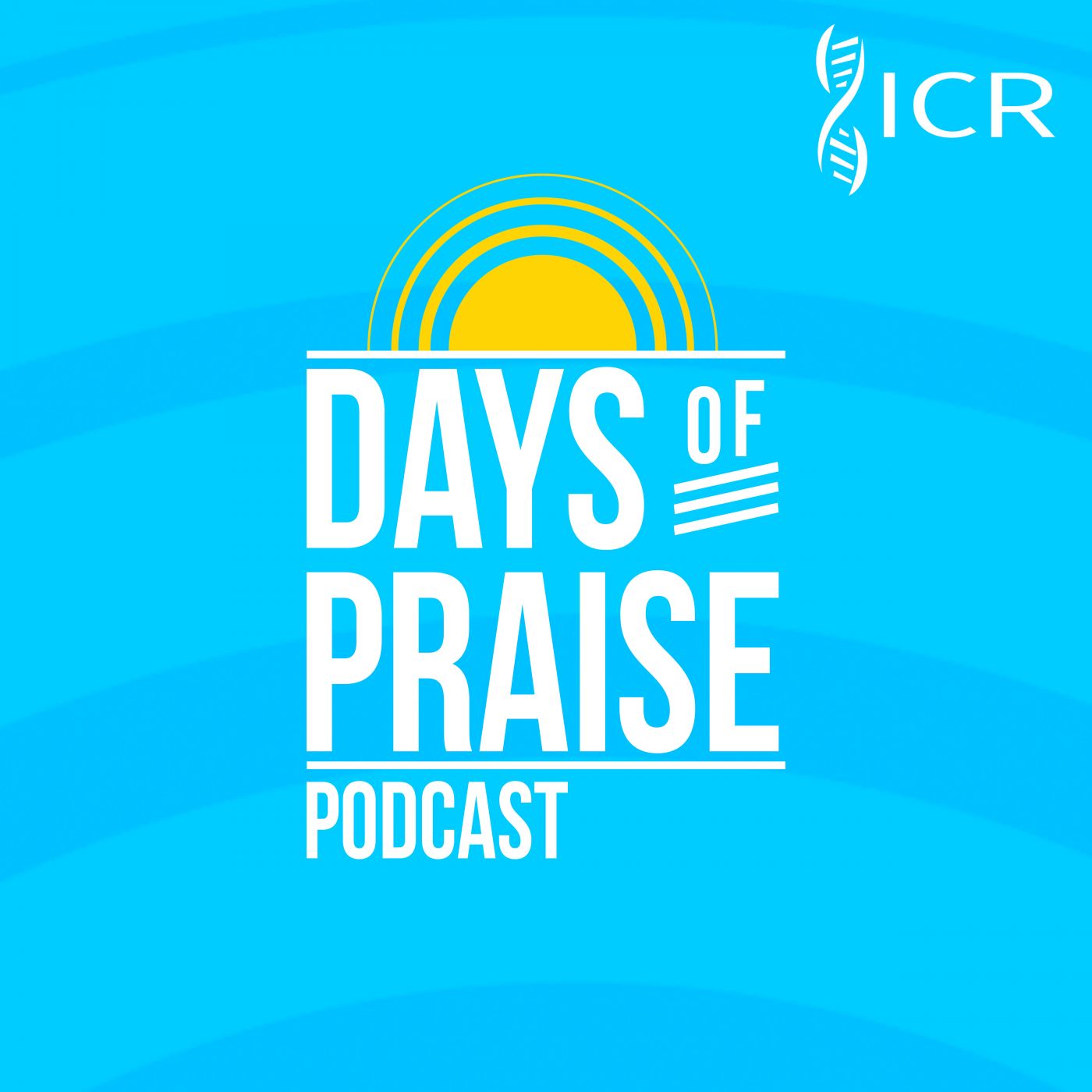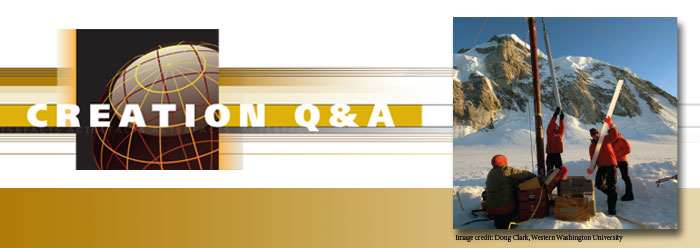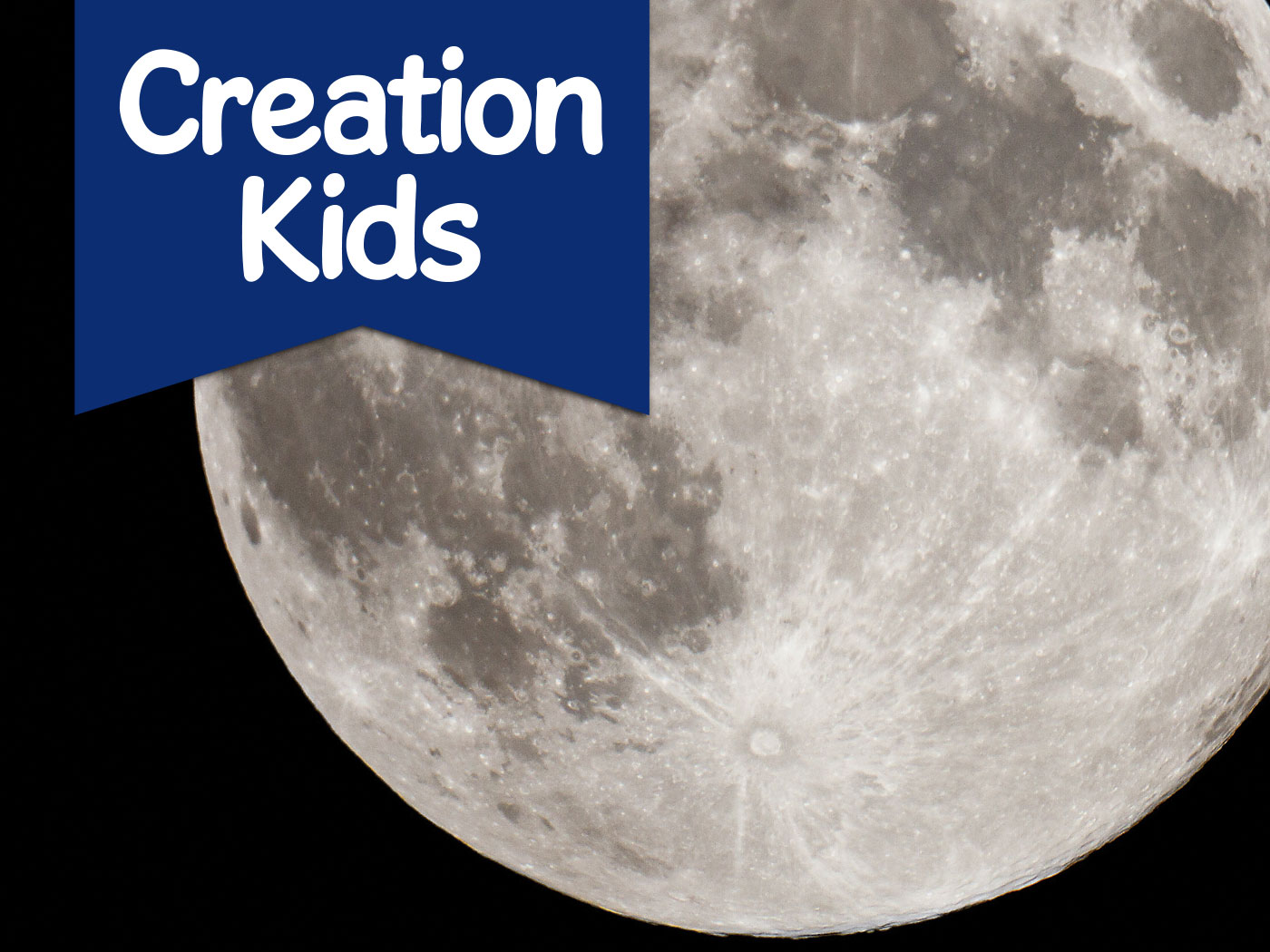“And God made two great lights; the greater light to rule the day, and the lesser light to rule the night: he made the stars also.” (Genesis 1:16)
On the fourth day of the creation week, God made the two lights for day and night, and then—almost like an afterthought—“he made the stars also.” Nothing, of course, is an afterthought with God, but this emphasizes the relative importance of these parts of His creation. Whether or not the earth is the geographical center of the universe, Earth is the center of God’s interest in the universe. This is where He created man and woman in His own image and where He will reign over His creation in the ages to come.
The primary purpose of the stars, as well as the sun and moon, was “to divide the day from the night; and…be for signs, and for seasons, and for days, and years: and…to give light upon the earth” (Genesis 1:14-15). They could not fulfill these functions, of course, if their light could not be seen on the earth, so we can be sure that these heavenly bodies and their light rays were created—like Adam and Eve—“full-grown,” in a state of functioning maturity.
All that can be known scientifically about the stars must be determined from their light intensity and spectra. (Their distances can be measured geometrically only to about 300 light-years.) Any other information—any greater distances, size, temperature, etc.—must be derived by inference, based on some theory of stellar evolution.
Although the stars all look alike (even through a telescope, they all appear as mere points of light), these calculations have shown that each one is unique, as revealed long ago in Scripture: “One star differeth from another star in glory” (1 Corinthians 15:41). Those who believe can learn more about them in the ages to come, for “they that be wise shall shine…as the stars for ever and ever” (Daniel 12:3). HMM

Days of Praise Podcast is a podcast based on the Institute for Creation Research quarterly print devotional, Days of Praise. Start your day with devotional readings written by Dr. Henry Morris, Dr. Henry Morris III, Dr. John Morris, and others to strengthen and encourage you in your Christian faith.
























